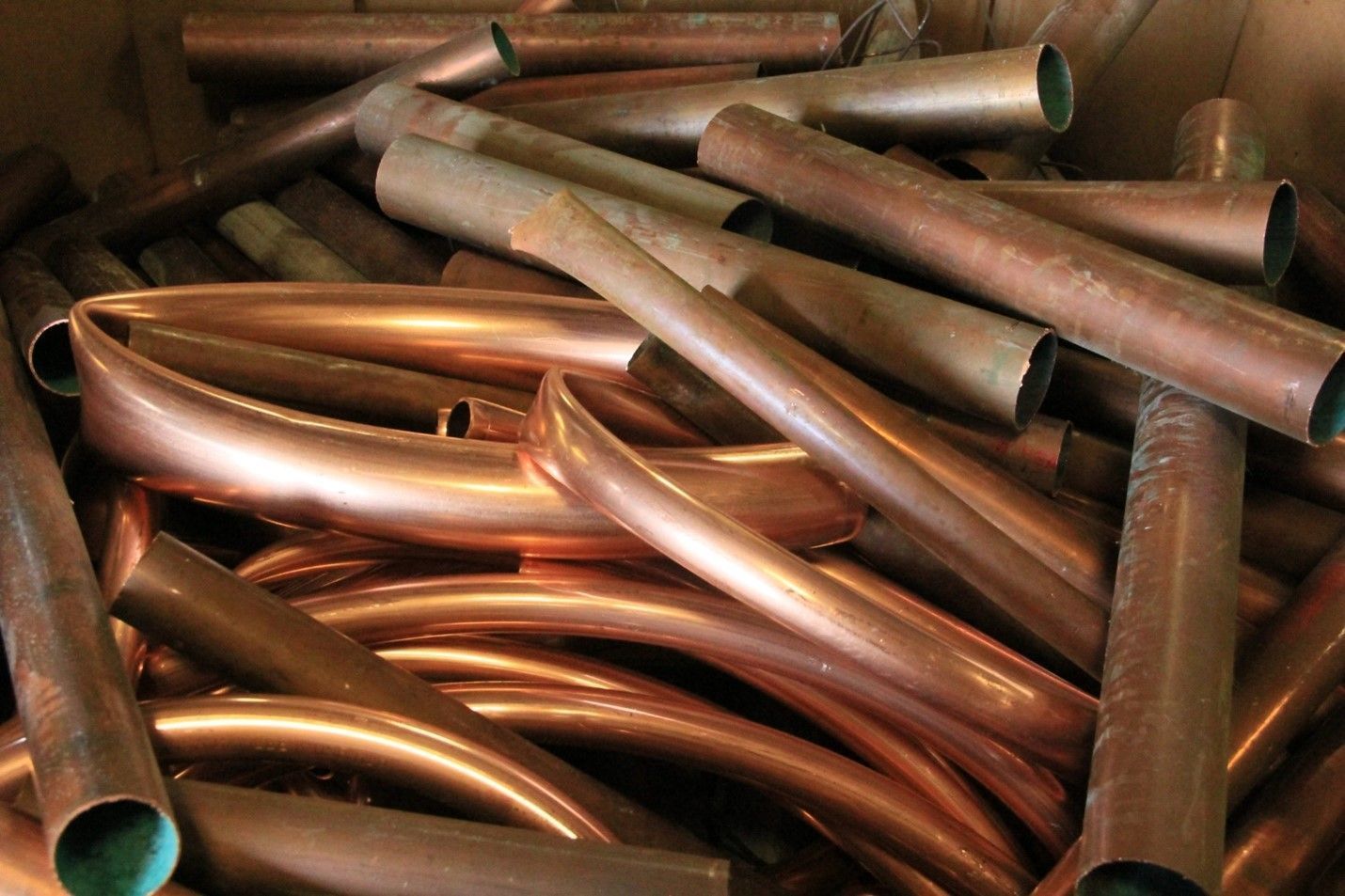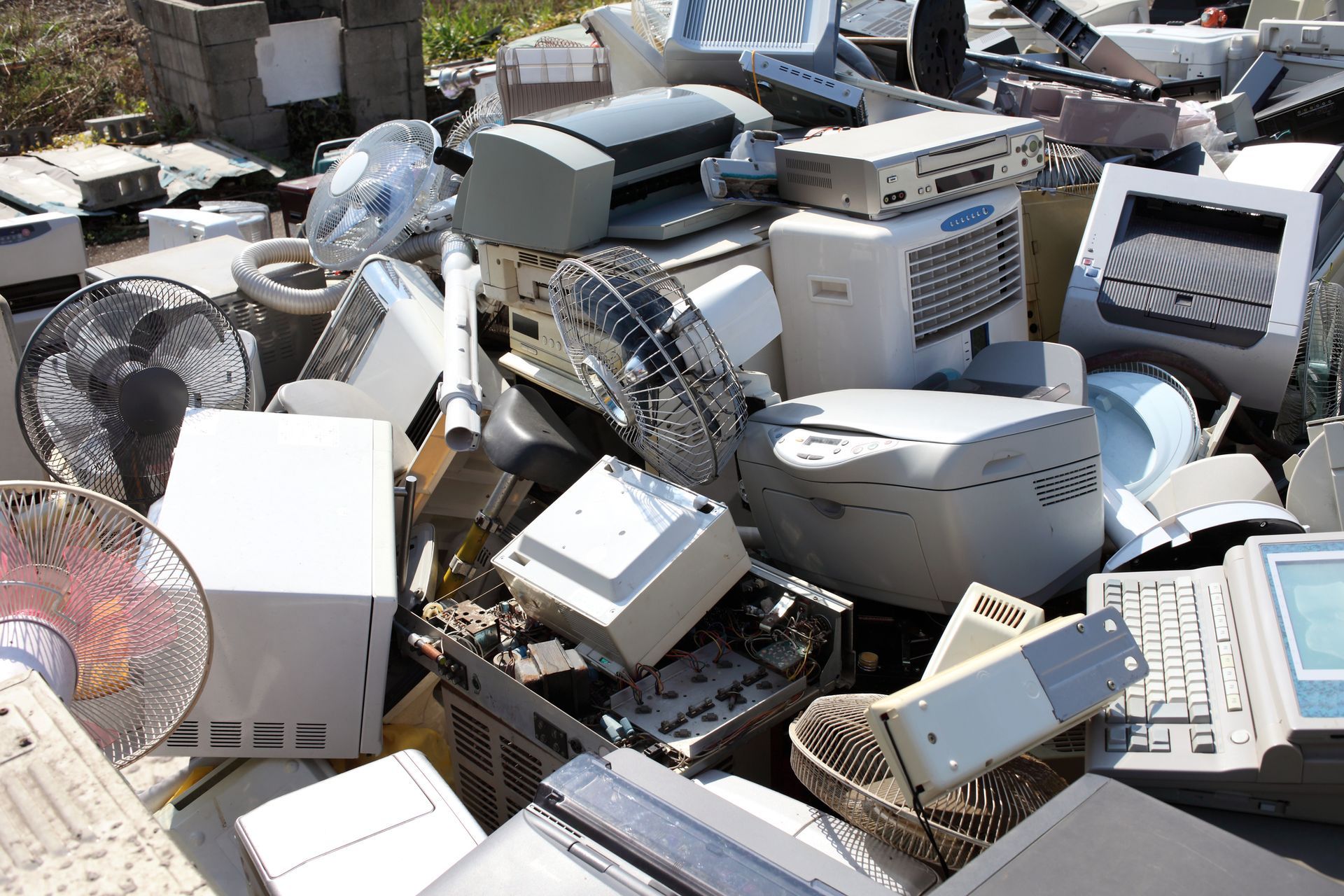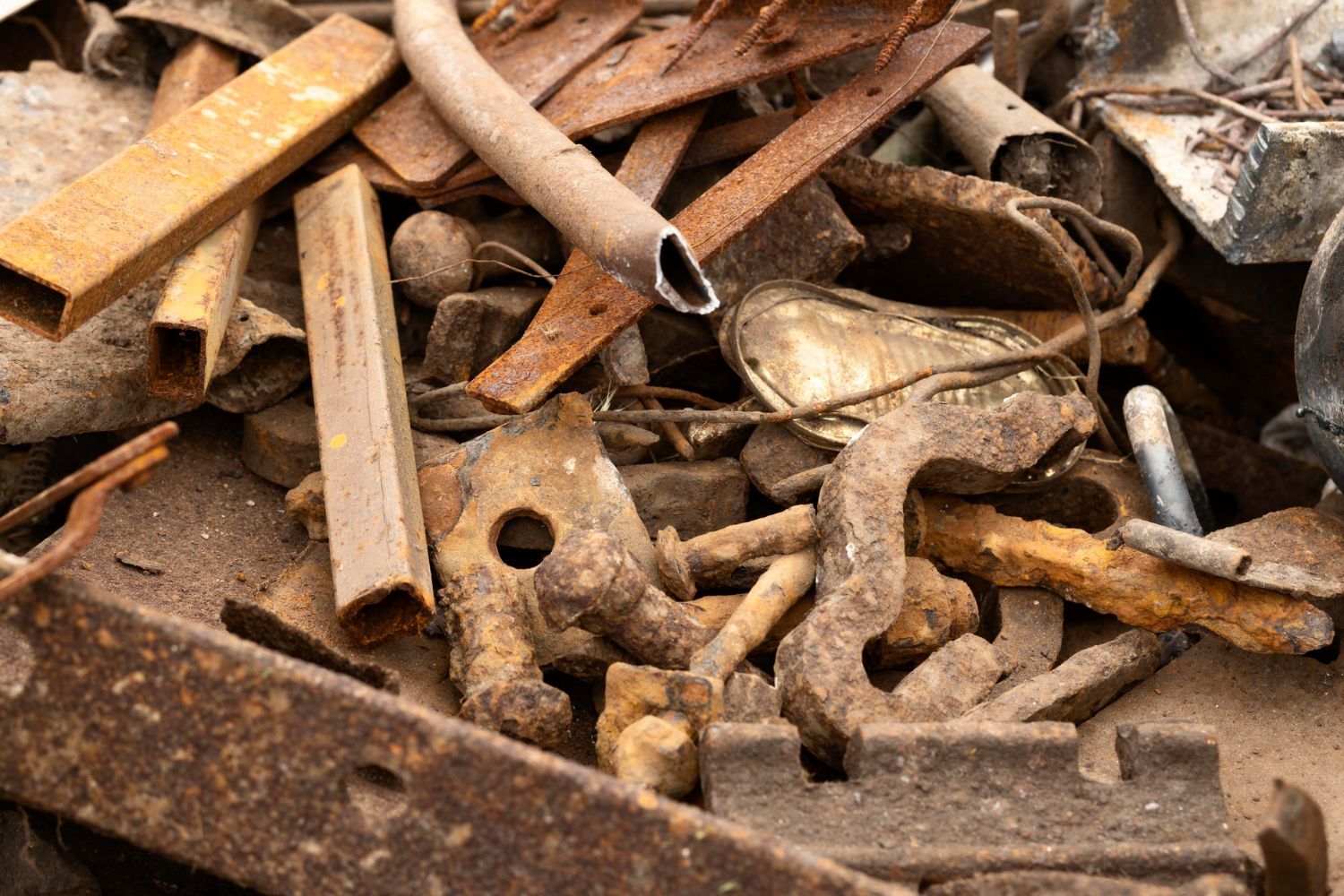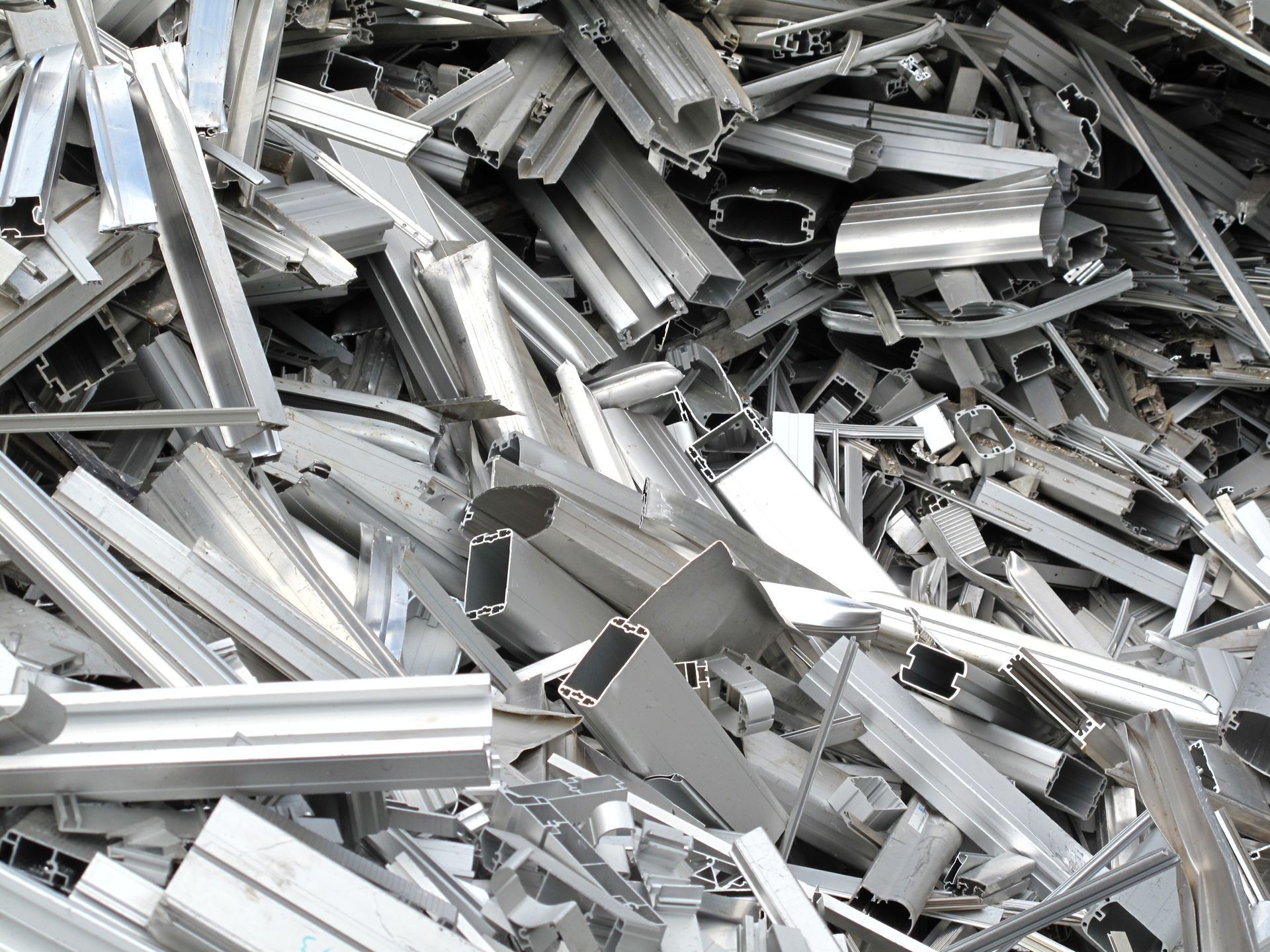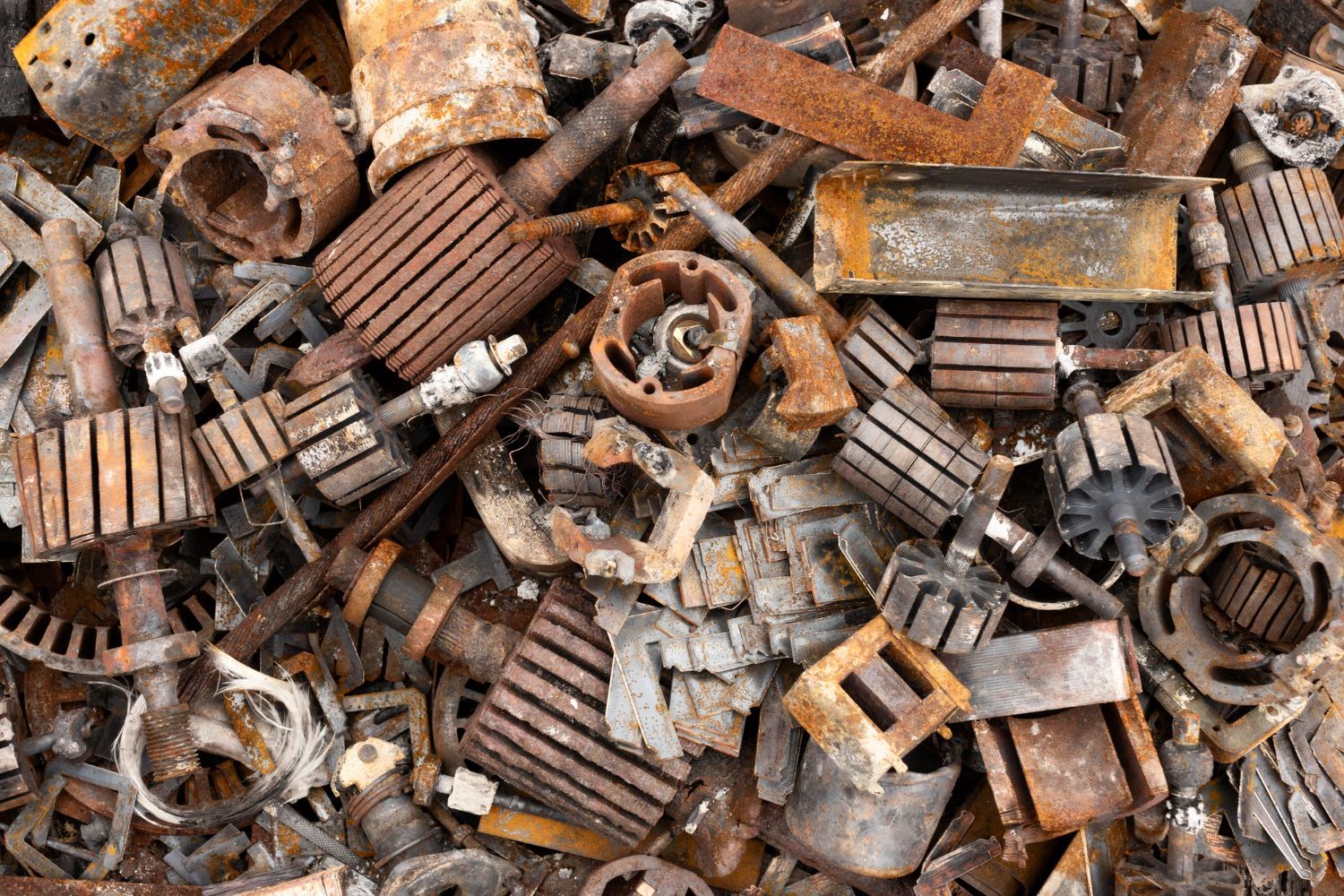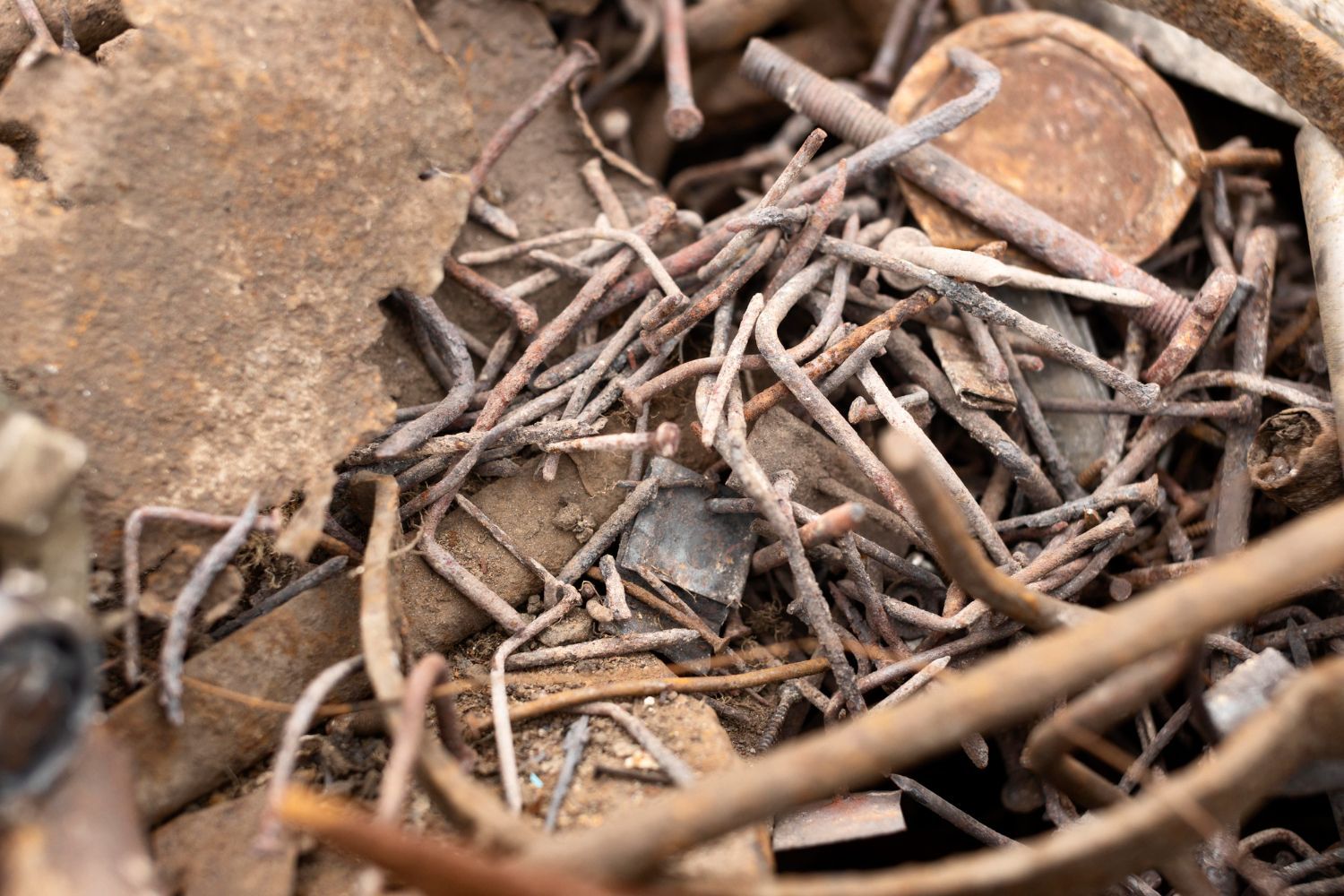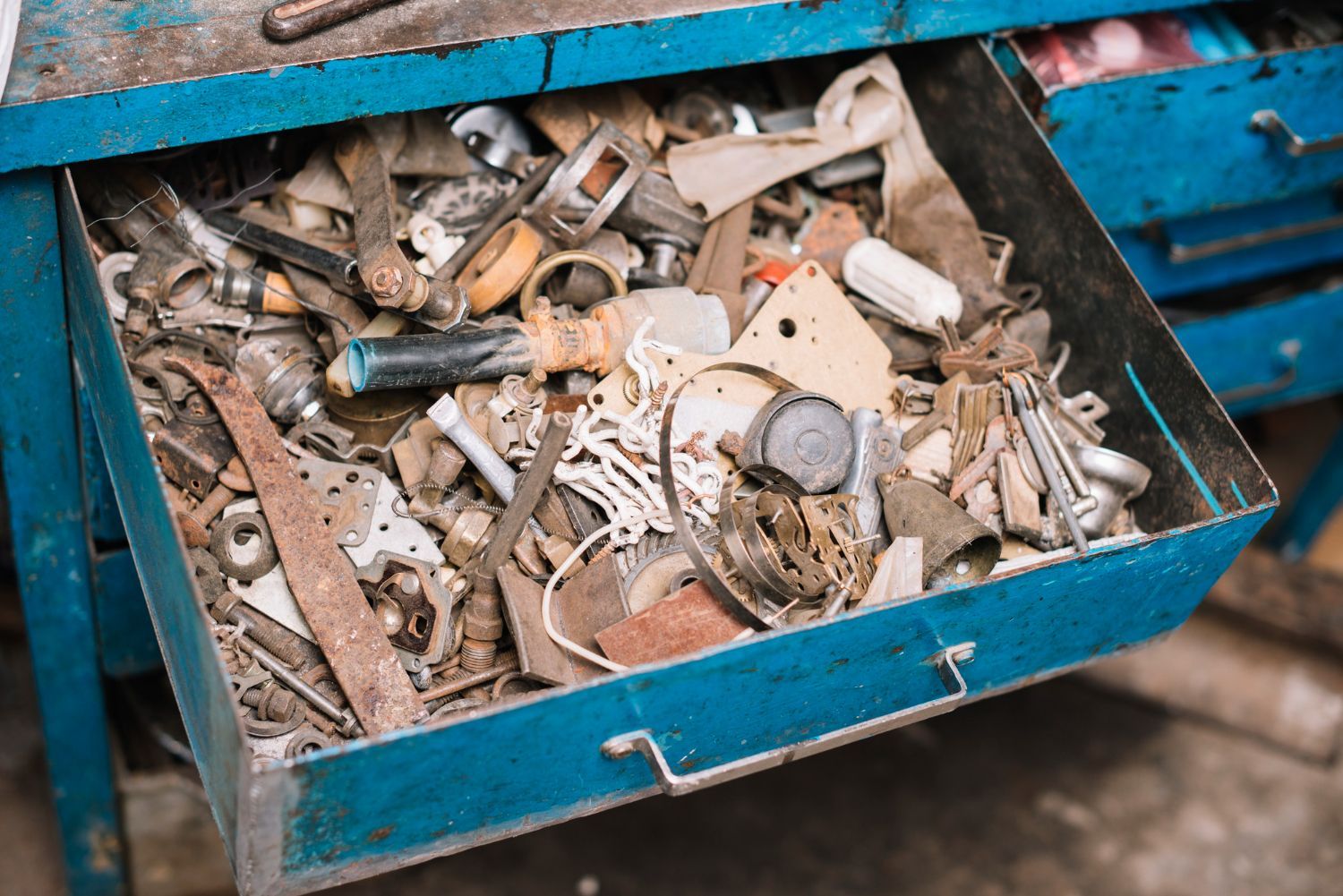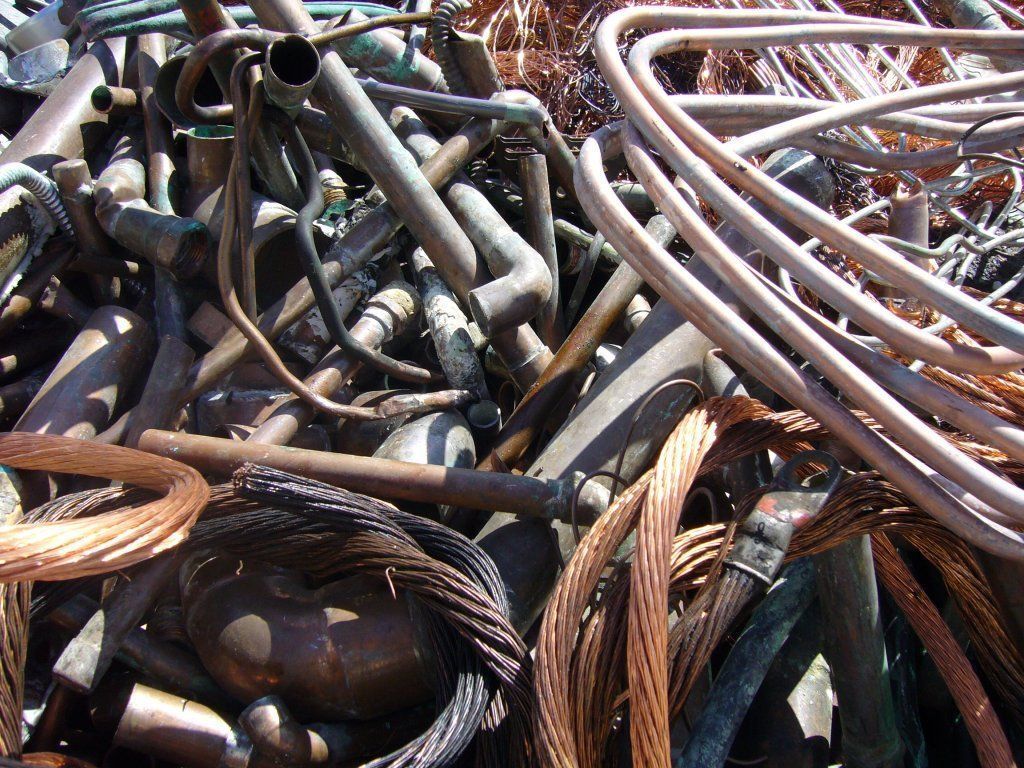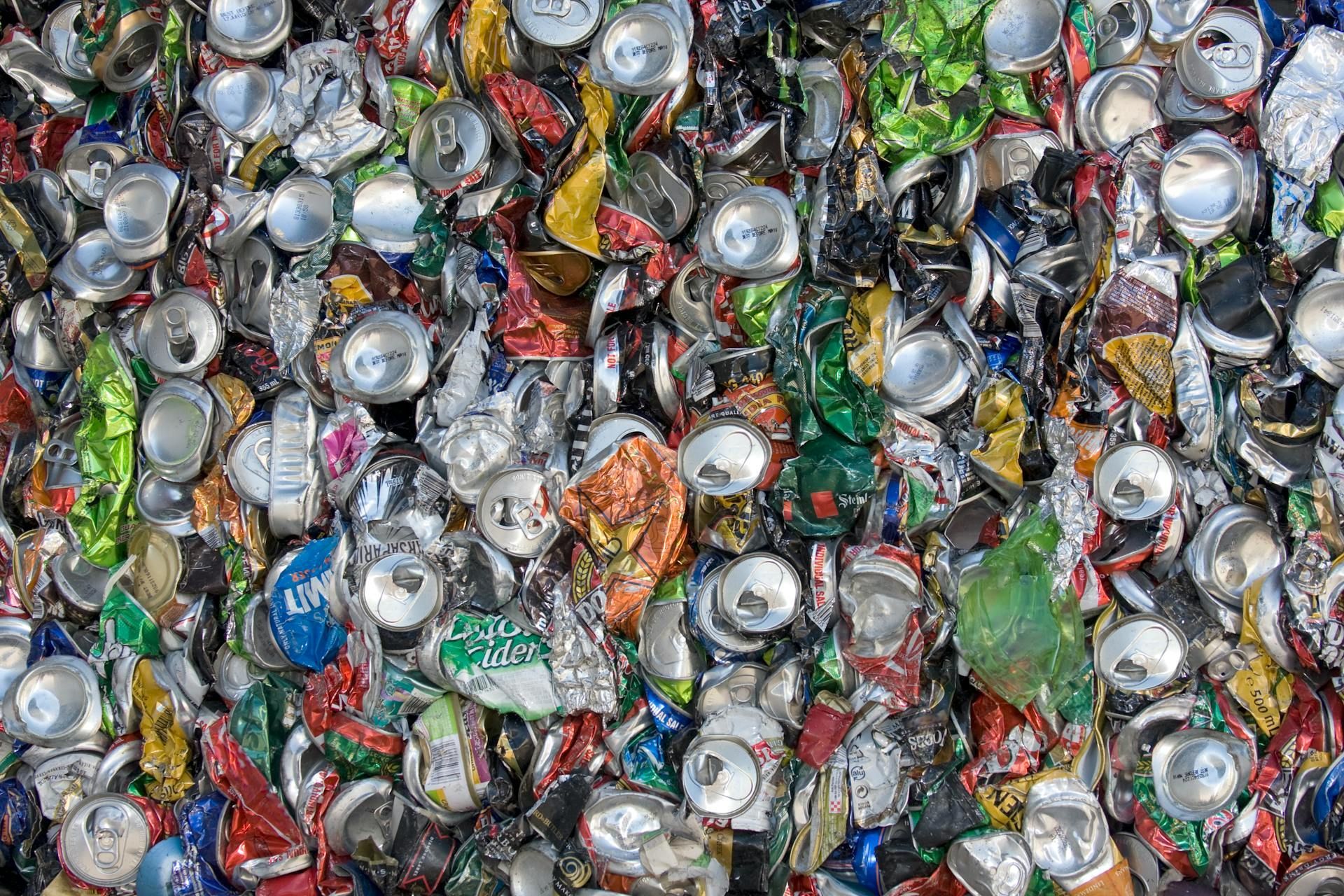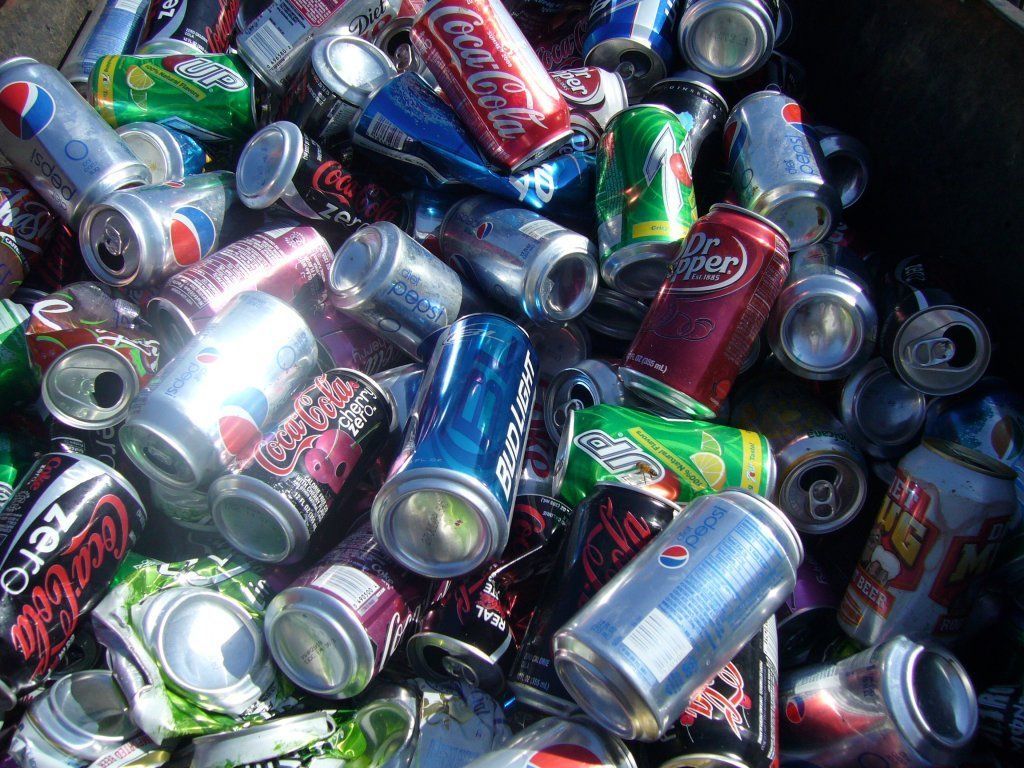A Brief Guide to Non-Ferrous Metals
Metal is one of the most commonly used building materials in many modern industries. Ore must be mined from the Earth and refined in order to create the various metals in use today. The mining process has the potential to damage the environment, so recycling metal products is encouraged.
Most metals can be melted down and transformed into new products that have the same tensile strength and durability as the virgin metal materials they are made from. Because metal can be recycled and given a new use, it has value on the secondary market.
Many people hoping to generate extra income through recycling focus their efforts on the collection of scrap metal. Non-ferrous metals will return the highest profit when being sold to a scrap yard, so you must familiarize yourself with these metals if you want to maximize your scrap metal earnings over time.
1. Non-Ferrous Metals Defined
To understand the true value of a non-ferrous metal, you need to be able to identify the properties these metals embody. Non-ferrous metals are essentially any metals or metal alloys that do not contain iron.
The lack of iron in non-ferrous metals means that these metals do not have magnetic properties. It also means that a non-ferrous metal can withstand exposure to the elements without sustaining any serious corrosion. Ferrous metals (those that do contain iron) often deteriorate beyond the point of saving, making them less valuable as recycled goods.
You should always carry a magnet with you when collecting scrap metal. The magnet will help you recognize valuable non-ferrous metals that can yield a higher return at recycling facilities.
2. The Non-Ferrous Metal Recycling Process
Once you have collected a sufficient amount of non-ferrous metals and delivered them to a recycling center, the process of transforming used metals into new products begins. Non-ferrous metals are separated by type, then compressed into large bales that facilitate the shipping and transportation processes.
Pieces of metal that are relatively large will be put through a shearing machine to cut them down to a manageable size. Bales of homogeneous non-ferrous metals are then melted down and cast into ingots that can be transformed into sheets of metal for use in the industrial and manufacturing industries.
3. Types of Non-Ferrous Metals
Since any type of metal or metal alloy that is devoid of iron is classified as non-ferrous, many metals fall into this category. The most valuable of the non-ferrous metals are aluminum and copper.
Despite the fact that aluminum is available in abundance, it is one of the most recycled metals in the world today. The high recycling rate of aluminum can be contributed, in part, to the fact that aluminum covers the cost of its own collection and processing once it has been recycled. You can easily source aluminum scrap by collecting cans, foil, old bicycles, and sections of rain gutter.
Copper is another valuable non-ferrous metal. The superconductivity of copper makes it ideal for use in the assembly of delicate electronic components. Copper is also very resilient, with moisture posing very little risk to the structural integrity of a copper component. Copper can be found in wires, circuits, switches, and many plumbing fittings.
By focusing your scrap metal efforts on non-ferrous metals, you can create a more economically viable and environmentally sound side business. Always carry a magnet with you to test scrap metal for the presence of iron, and stay informed on current market rates for non-ferrous metals to help you maximize your profitability as you collect and recycle scrap metal in the future.
Contact Bruce Metal & Salvage for more information on non-ferrous metals and the money they can generate when recycled.





